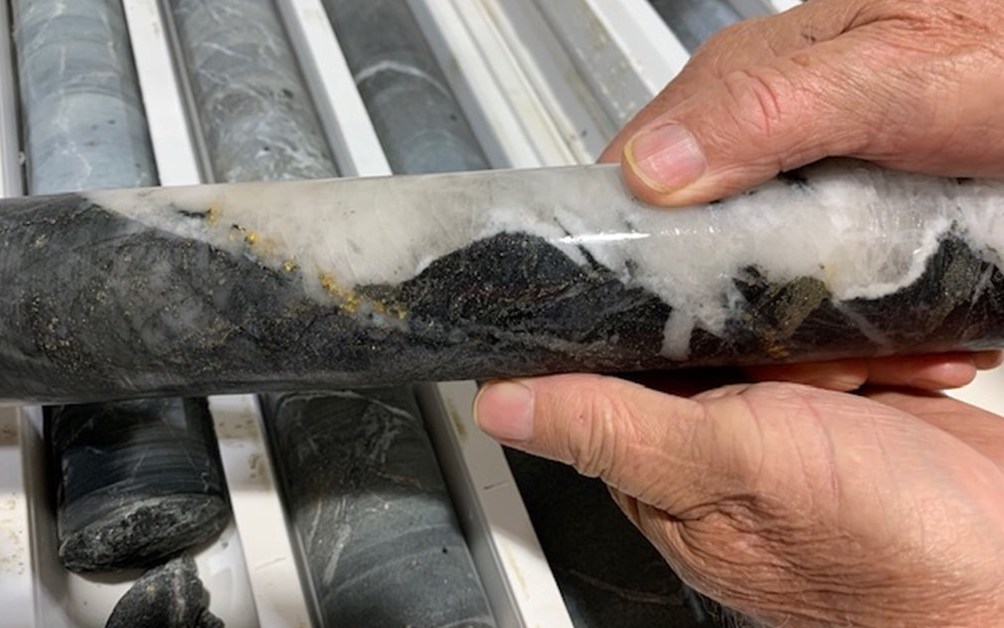Karora cuts 9 metres of 19 g/t gold at Larkin discovery at Beta Hunt



Just a month after posting a hefty increase in reserves and resources at its Beta Hunt mine in Australia, Karora Resources has released high-grade exploration results that point to further expansion potential.
Drilling at the new Larkin zone discovery made in September has returned several high-grade hits.
Highlights from the infill and stepout drill program include, in hole 023E:
Drilling also hit 3 metres of 4 g/t gold from from 163 metres depth in hole 018E.
The highest-grade intersection featured visible gold mineralization along the quartz vein/altered basalt contact.
Karora, which is about halfway through a 6,100-metre drill program at Larkin, hopes to define a resource at the zone this year. Current resources and reserves at Beta Hunt are hosted in the A Zone and Western Flanks zone.
"Today's high grade gold drill results continue to demonstrate the exciting potential in a new zone outside of the current production centres of Western Flanks and A Zone,” said Paul Huet, chairman and CEO of Karora, in a release. “The results reinforce our strong belief that the Beta Hunt mine has the potential for significant gold resource growth and expansion beyond the substantial increase in reserves and resources announced in December 2020. We are excited by the potential at Larkin and are keen to bring the zone into our Mineral Resource this year.”
Huet added that preliminary engineering work is already underway to prepare the Larkin zone as the next mining zone at Beta Hunt. The zone benefits from nearby infrastructure, consisting of development drifts that were put in to access nickel mineralization at the mine. Beta Hunt has a production history (including both gold and nickel) dating back to the 1970s.
The Larkin zone is open for expansion at depth and along strike to the southeast. Karora believes the zone, which consists of two steeply dipping mineralized zones that vary between 3 and 10 metres in width, is the faulted southern offset of the Western Flanks zone.
The discovery hole at Larkin returned 3.5 metres of 15.3 g/t in September, as well as a wall sample of 5.0 g/t over 14.4 metres.
The zone is also located just a few metres beneath a new high-grade nickel zone discovered at the same time – 30C.
Karora operates the Beta Hunt underground mine, the Higginsville open pit mine, and the Higginsville processing plant in Western Australia.
In January, the Toronto-based company upped its production guidance for 2021 by 21%. Karora, which produced a record 99,249 oz. last year, expects to produce 105,000 to 115,000 oz. gold in 2021 at all-in sustaining costs of US$985-US$1,085 per oz.
The company's last resources and reserves update in December boosted proven and probable reserve ounces by 334% and measured and indicated resources by 167%.
Proven and probable reserves now stand at 1.3 million oz. in 23.5 million tonnes grading 1.8 g/t gold.
Measured and indicated resources total 2.5 million oz. in 42 million tonnes averaging 1.9 g/t gold.
For more information, visit www.karoraresources.com.
Comments